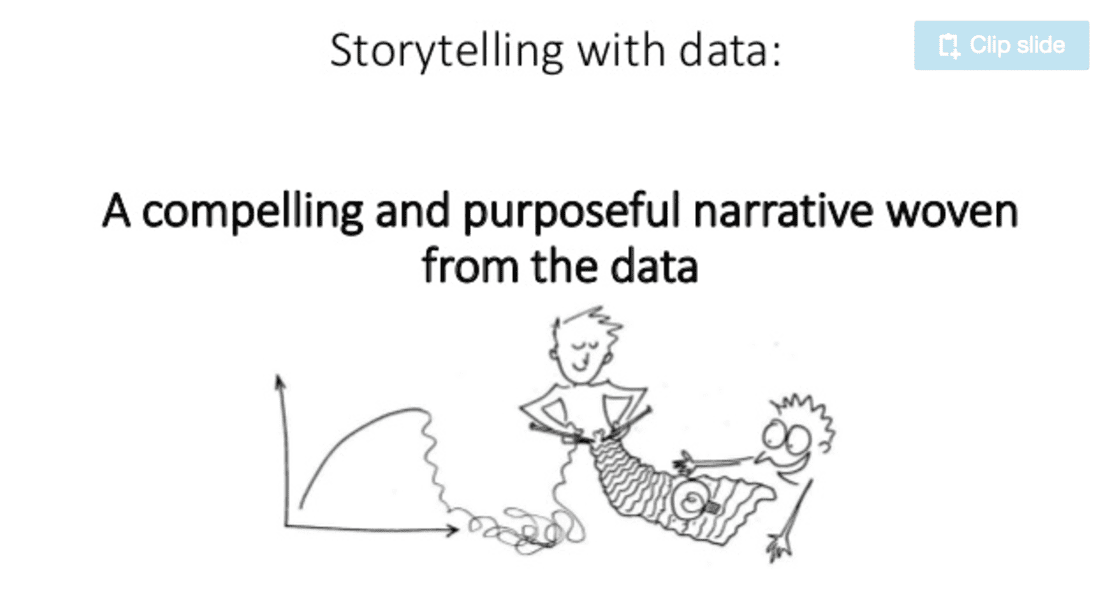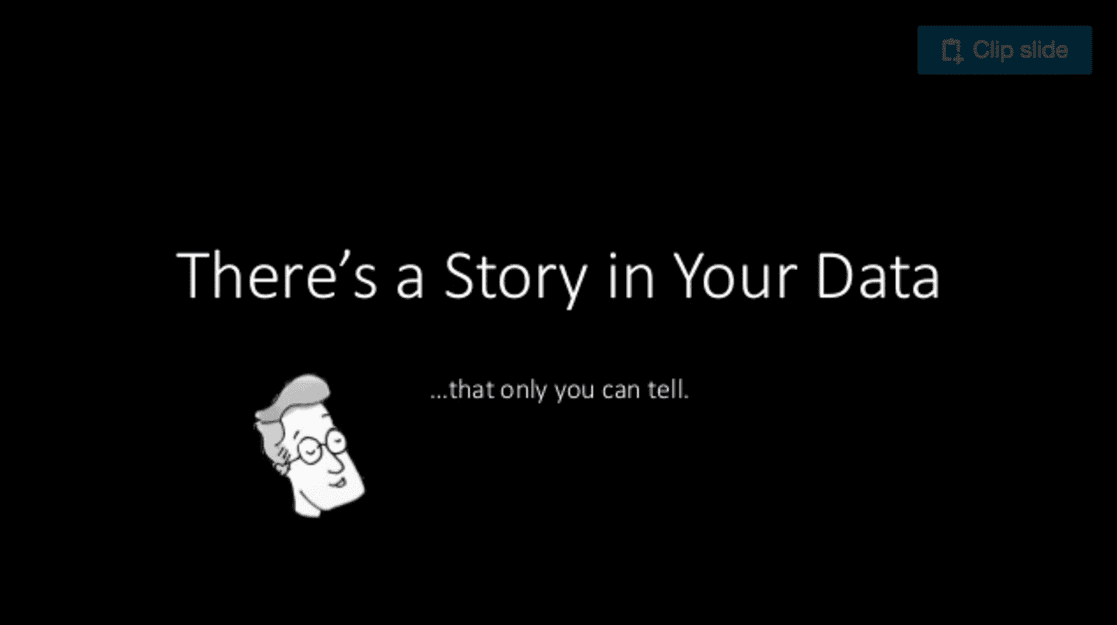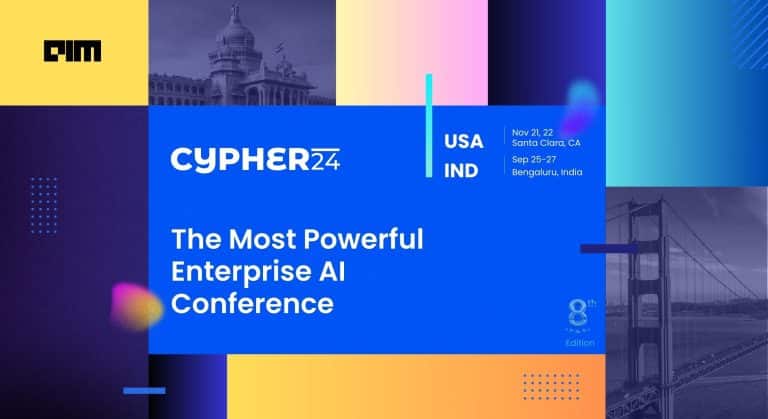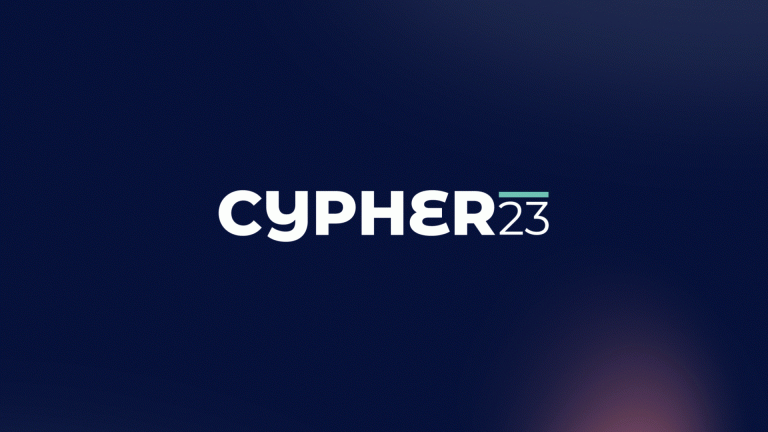Rudyard Kipling once wrote, “If history were taught in the form of stories, it would never be forgotten.” The same applies to data.
There is a huge gap between what data analysts want to convey and what they actually end up conveying. Speaking at Cypher 2017, India’s largest analytics summit, Sandeep Mittal, Managing Director at Cartesian Consulting, said that the story in your data is something that only you can tell for people to relate to.
Storytelling with data
It is a known phenomenon that stories are meaningful when they are memorable, impactful and personal. In his talk, Mittal asks and also answers – what actually is good storytelling with data? He simply explains it as: Stories, particularly those that are compelling, meaningful and have a purpose, are an effective way to convey data.

Data, as Mittal puts, must have a purpose. While it may sound simple, in reality, it’s not! What’s worth noting in his talk is the repeatedly stated point that “stories have to be derived from the data.”
Is data visualisation the key?
Another noteworthy point he makes is that it is almost always possible to tell a data story without data visualisation. Yes, data visualisation and data story don’t always have to go hand in hand.
In an interesting user case, Mittal explains how getting a simple laundry service at a hotel can put customers in the ‘Most Valuable Guest’ list. He vows by this example and stands by the fact that ‘laundry service’ as a marker for the hotel industry is imbibed into a client’s mind more than visualisation could have.
Mittal also emphasises on the fact that feeling compelled to present every data on the table in the hope of making something stick is not wise.
Many data science professionals are involved in working on a huge chunk of data which is a waste of valuable time and efforts. Instead, it can be more worthwhile for them to choose a subset of a specific data to make the process much easier. For example, as Mittal sights– If the publishers of the book Lord of the Rings, tried selling the book saying its USP is the 425,125 words, or that it has the word “Gandalf” 1065 times, it would never have been what it is.
Principles that work:
Getting to the essence of the data is what is the key. But Mittal also elucidates on the seven principles that almost always work.

- Have a plot.
- Start well and strong and don’t be shaky.
- Build tension but always end with a resolution.
- Keep repeating points. Keep going micro and macro
- Be relatable.
- Make people leave the meeting room with knowing more than they already did.
- Don’t jump from one half-baked point to another.
He concludes by saying that “Data is the biggest distraction”. He emphasises on walking the line in presenting the data and not throwing everything on people.
Conclusion:
Filtering your data is vital. In order to tell the story or to reach the conclusion you want readers to take away, you need to ask the right questions in order to get the responses you want.

In step one, you already decided which question(s) you want to answer for readers, but you may have forgotten them by the time you conduct research. It is very easy to get carried away and find too much data, which will only overwhelm your audience. Reiterating what Mittal said, “Data is a distraction.”
So, make sure you filter your data findings, asking yourself: Is this vital to telling a compelling story and convincing my audience of whatever I’m trying to convince them of.
Shaping your data-driven story requires a combination of creative and analytical staff members. The analytical people will collect and filter the data while the creatives will find the story that is dying to be told.
Make sure to be original, providing a new spin or unique point of view that has not been touched on before.
Remember, the most captivating storytellers grasp the importance of understanding the audience. Similarly, a data-based story should be adjusted based on the consumer.
As Robert Harris once said, storytelling has a narcotic power. Entrance your audience and make them believe what you want by telling a killer, data-driven story.









































